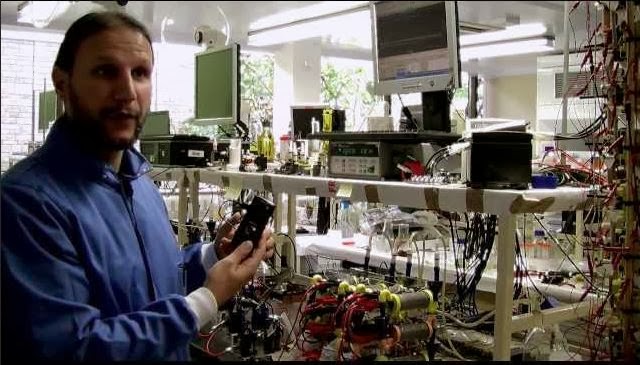A battery which is developed by Stanford Chemistry Professor Hongjie Dai and Doctoral candidate Michael Angell, made with urea, could provide a low-cost way of storing energy produced through solar power or other forms of renewable energy for consumption during off hours. The battery is non-flammable and contains electrodes made from abundant graphite and aluminium. The main ingredient of the electrolytes of the battery is urea.
In the year 2015, Dai’s lab was the first in the world to make a rechargeable aluminium battery. The Dai’s lab collaborated with Taiwan’s Industrial Technology Research Institute (ITRI) to power a motorbike with this older version. But the version of the battery had one major drawback: an expensive electrolyte.
The latest and newest version of the battery includes a urea-based electrolyte and is about 100 times cheaper than the 2015 model. The new battery is higher efficiency and a charging time of 45 minutes. For the first time, the urea has been used in a battery.
The solar energy can essentially be harnessed only when the sun is shining. During daylight hours, a solar panel pumps energy into the electrical grid. If the electrical energy is not consumed right away, it is lost as heat. Today is the demand for renewable technologies and the need for cheap, efficient batteries to store the energy for release at night. The lithium-ion or lead-acid batteries are costly and have limited lifespans.
Commonly, the lithium-ion batteries found in small electronics and other devices can be flammable. But, the urea battery of Dai is not flammable and therefore less risky.
Angell hopes to extend its lifetime by investigating the chemical processes inside the battery. These urea-based aluminium ion batteries can go through about 1,500 charge cycles with a 45-minute charging time in the lab.







